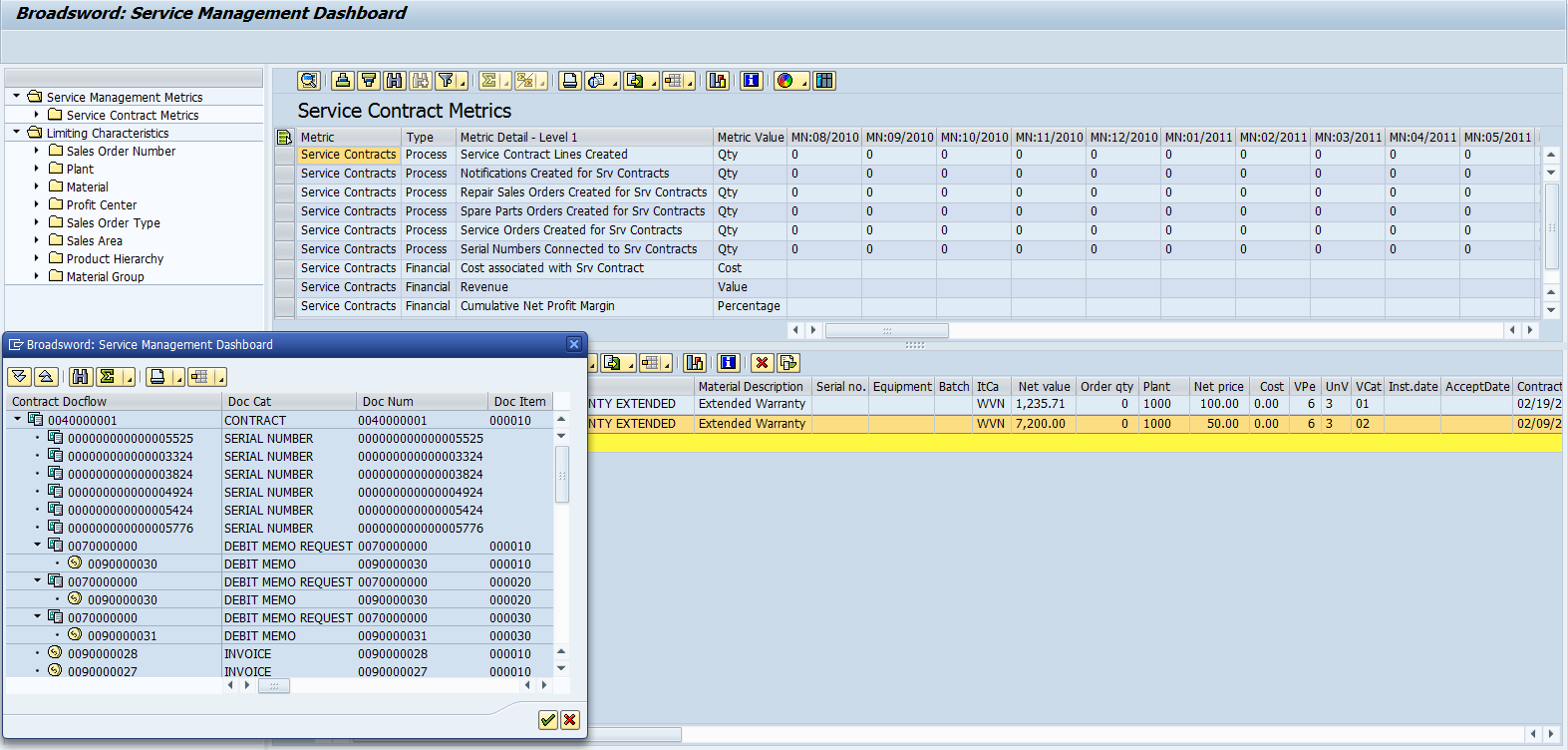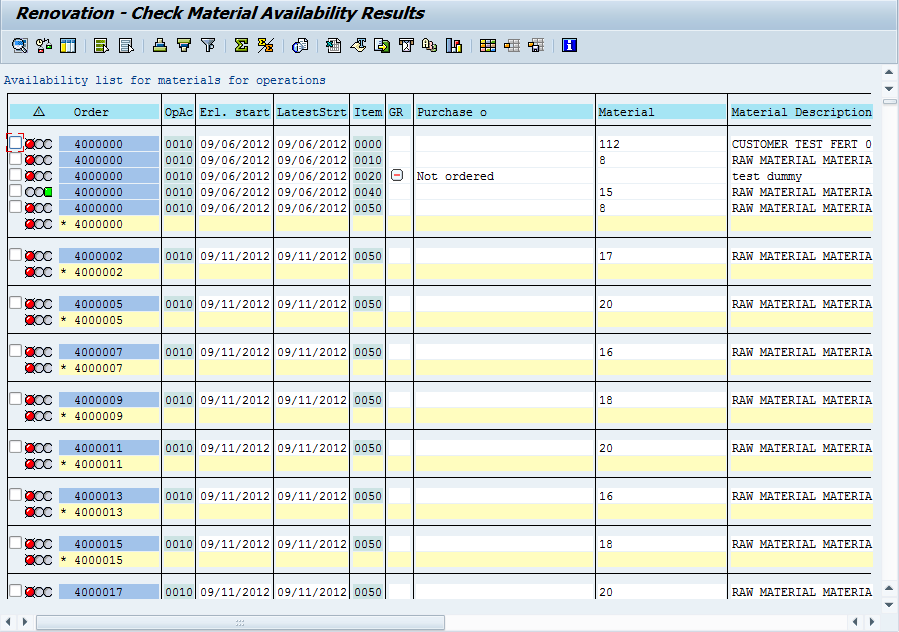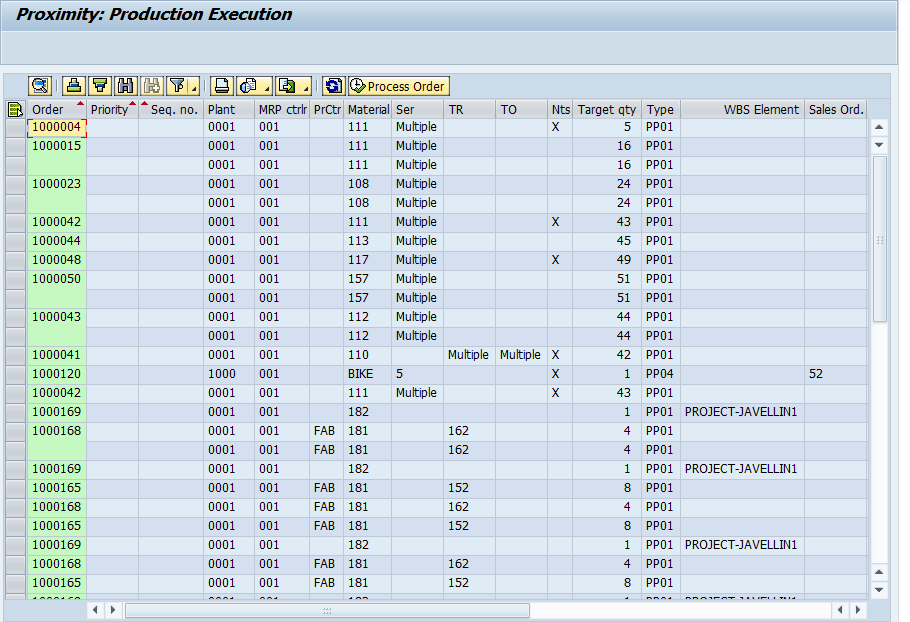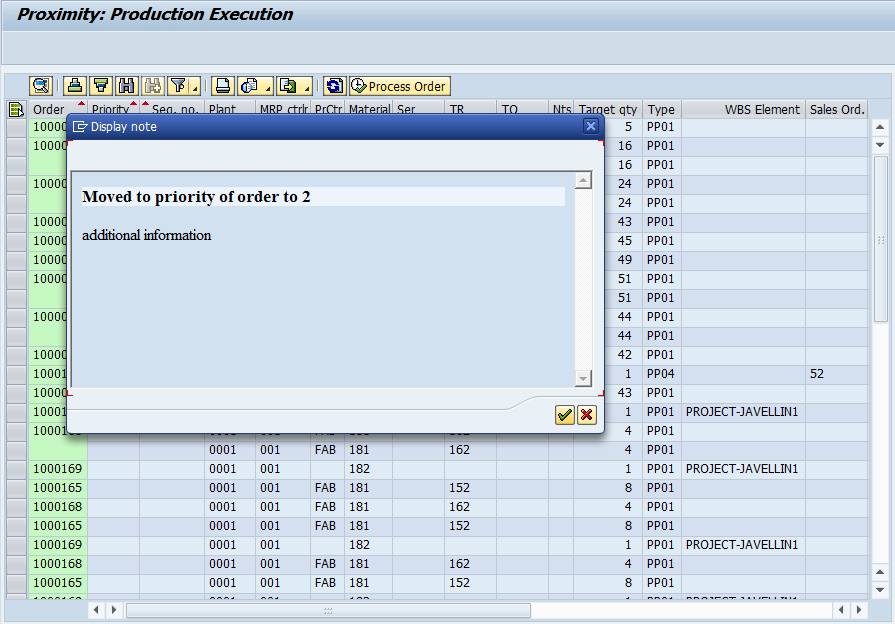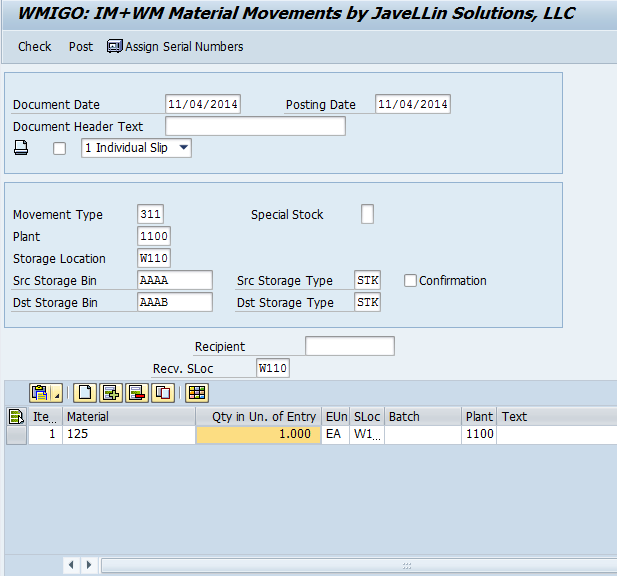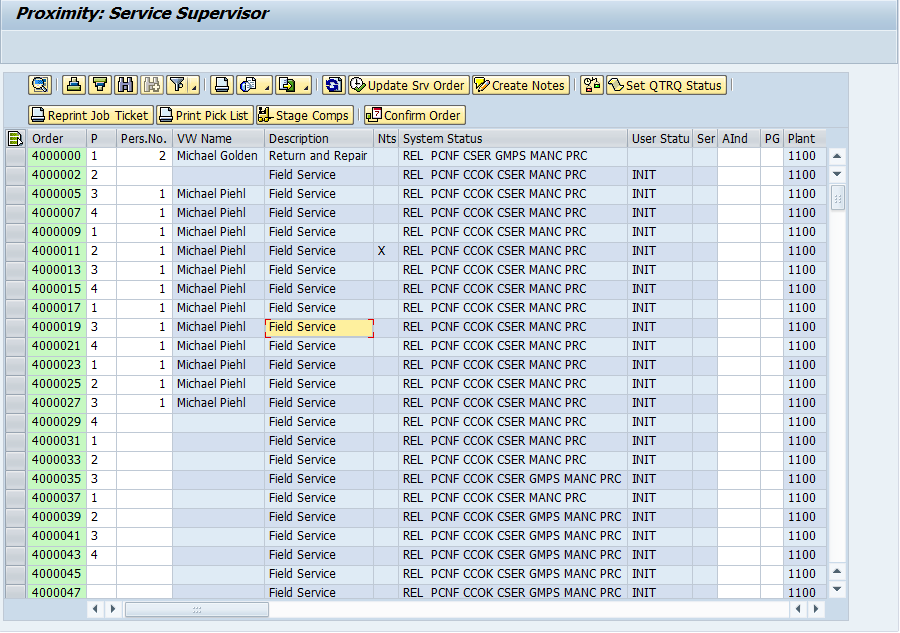As I was blowing out my sprinkler system today, in preparation for winter, it got me to thinking about preparing for spring. While there is a still long time before I can start planting seeds in preparation for my garden, it’s still all about planning what is coming. I have these cool plans for building a food forest in my backyard, and that will require clearing trees, order new plants and trees, and a lot of digging. But before I can really do any of that, I need to map out my plan of exactly what I want to do. Why am I talking about gardening in late fall? Because a garden is no different than business.
Everything in a business is about planting seeds, preparing the ground, and being ready to reap the harvest in the coming months. If your business plans things properly, you have a chance of a harvest. If you half-ass it, well, you’ll end up with a half-ass harvest, or maybe nothing at all. As I look at the evolution of my own business over the past 6 years, I can see where I obviously didn’t plan. I went full speed ahead before I knew what I was doing. Do I regret any of it? hell no… do I wish I had been a little smarter.. ABSOLUTELY!!! The whole idea is to learn from my mistakes.
This past year has been an incredible amount of learning for me. It has also been a year of planting seeds. I’ve focused a lot of time and attention on building connections. Between the SAP MFG conference, my Linked-In initiatives, and my soon to be published E-book, are all about planting seeds. The biggest problem with planting seeds, is that you never quite know if they will grow into what you expect. So, this coming year will be all about continuing to plant more and more seeds… you may have noticed that more of my blog posts are promoting some of my own stuff. Now that I’ve built my audience, it’s time to start showing them all the work I’ve been doing over the past 6 years 🙂
Now, the future is always in motion. So who knows where my attention will go in the next 12 months. But I have every confidence that a good chunk of my effort will be supporting my new customers. Care to join them???

